There is no dream of home in Chembur, where a refugee camp has a hidden tale about the Partition and mass human migration. An audio archive by architecture students from Mumbai is set to tell listeners just that
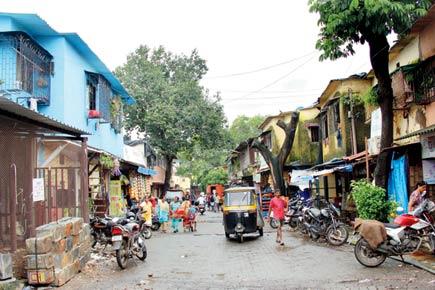
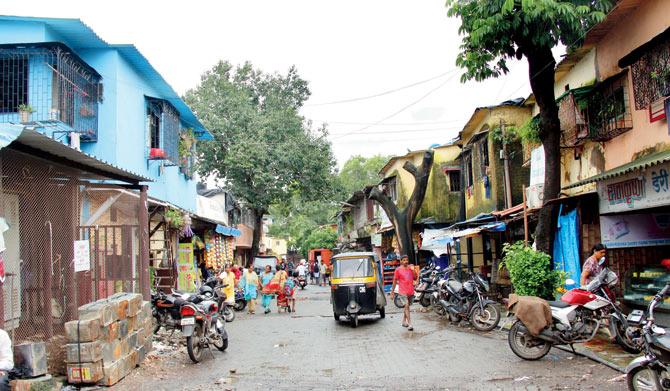
The old and new barracks at Chembur Camp. During the Partition, the barracks were given to working class refugees from Sindh as compensation for their loss of property. PIC/TANVI PHONDEKAR
Lalchand Nalandas sailed to Bhaucha Dhakka, as Ferry Wharf is called, in 1947 as his family escaped the violent effects of the Partition. Nalandas was six then, and barely remembers the ship they arrived in to safer havens in Bombay, but vividly recalls the many sweet shops that his family owned and the temple dedicated to Sitladevi near their home in Karachi, the capital of the province of Sindh. Nalandas runs a wedding card printing business from a dimly-lit room in the Old Barracks of Chembur Camp, where he has been living for 68 years. He rarely thinks about Karachi, where home once was. "What will we get by thinking about it?" he says, his rickety voice hardly betraying any nostalgia or longing. Speaking in Sindhi, his wife warns him that there is much work to be done and he better get on with his day.
ADVERTISEMENT
At a posh high-rise in the annex of Tata Institute of Social Sciences' campus in Deonar, lives Roshanlal Sabharwal, 84, another former Karachi boy. He landed on the shores of Okha, Gujarat, well before the Partition. His father, an iron and steel broker named Bhagwandas, who was doing good business across Bombay and Karachi, had heard whispers of the Partition and thought it was best to make an early exit from what is now Pakistan. First settling down in Kurla, the Sabharwals now live in Chembur, where there are more Punjabi families like theirs from Sindh. "We never saw any tough times in Mumbai and life has been good to us," says Sabharwal.
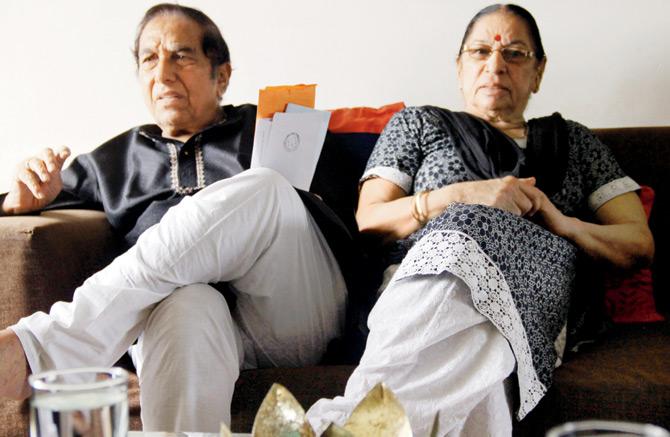
Roshanlal Sabharwal, 84, and wife Rajinder Kumari. His parents migrated from Karachi a little before the Partition, having heard of the imminent event.
Nalandas' and Roshanlal's lives are worlds apart but they share the common story of a homeland left behind in the wake of what turned out to be a life-altering and bloody phase in the subcontinent's history. Their parents, spouses and children may have traversed different parts of India, but they are united in one thing - it was Karachi then, and it's Mumbai - specifically, Chembur - now.
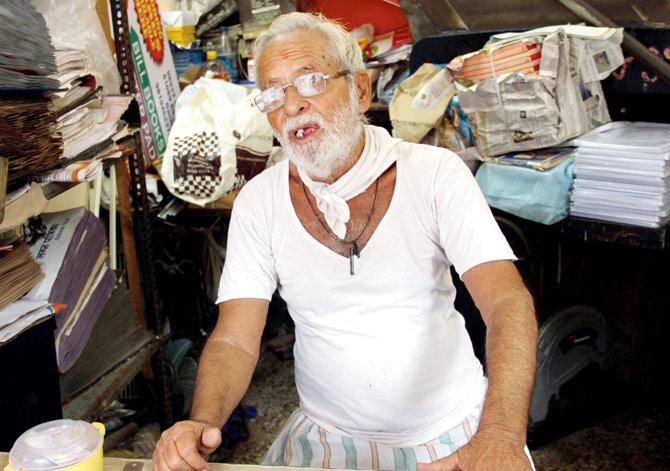
Lalchand Nalandas 74, also migrated with his parents during the Partition from Karachi. PICS/TANVI PHONDEKAR
Several stories similar to theirs have made it into Echoes of Sindh, an audio archive that is looking at the Partition story as it unfolded right here in Chembur. The project was initiated in 2016 by four architecture students who are now in the third year of their undergrad course at the School of Environment and Architecture (SEA) in Borivli. From August 4 to 6, this audio archive will play at Remembering Partition: Museum of Memories, hosted by Godrej India Culture Lab at their Vikhroli base to mark the 70th year of Independent India.
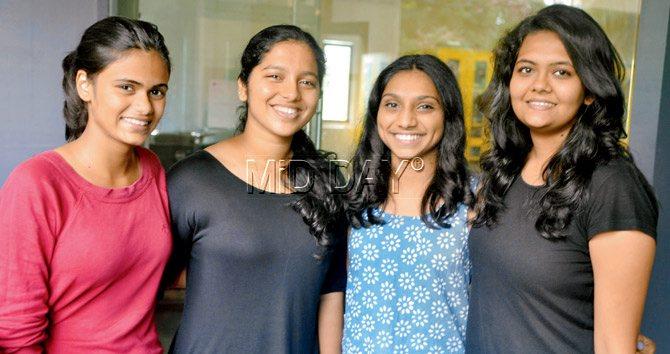
The team from School of Environment and Architecture that has made Echoes of Sindh: (left to right) Astrid Fernandes, Vibhavari Sarangan, Dannah DeSouza and Foram Desai. Pic/Datta Kumbhar
Scouting for Sindh
Vibhavari Sarangan, Dannah DeSouza, Foram Desai and Astrid Fernandes, the team that has made Echoes of Sindh, trudged around Chembur Camp last year as part of their college project on migration and displacement in the city. They were mentored by faculty members Rupali Gupte (also a co-founder of SEA) and Anuj Daga. "Initially, we wanted to collect souvenirs from the refugees to tell the story of the Partition. However, the families in the camp didn't have any as they had left their homes in a hurry. We realised that all they had were their voices. What could be a better way to showcase their stories?" says Sarangan, when we meet them at SEA.
At Sindhi Camp – as the area is known more after the region the refugees originated from and less after a particular community, – the team interviewed residents, many of whom were either born post-Partition or were too young to remember it. "They said that they didn't know their own history and that they couldn't understand our questions. Their parents hadn't shared their memories with them," says Desai. Eventually, the team turned to the older lot, few and far between, spread across the barracks, the cooperative housing societies that came in the 1950s, and the more posh Sindhi Society. "It was a history of forgetting rather than remembering," says Sarangan.
The resulting 15-minute-long audio clip condenses conversations to some choice statements that give an overall picture of the refugees. How they have been Mumbaikars for 70 years now. How they left their havelis and their belongings to live in the barracks. How Sindh is hardly missed.
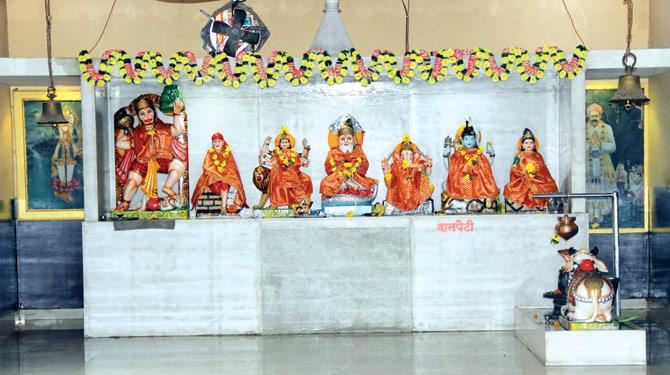
Chembur Camp is dotted with shrines and temples dedicated to Jhulelal, the Sindhi Hindu god. At this one, built in 1952, Jhulelal is placed at the centre among other Hindu gods
Finding refuge
Walking around Chembur Camp, especially in a muck-ridden monsoon, proves to be an arduous task. On one side of the dividing Kolwada Borla Road are the barracks, old and new, with addresses on shops that proudly wear misspellings of the word 'barrack' ('barack' and 'barak' are routine). These hold little memory of their original mid-20th century look; residents have built over and refurbished the interiors for housing that is deceptively decrepit on the outside but highly modernised inside. Temples dedicated to Jhulelal, the Sindhi Hindu god, are tucked in between shops. There is one that is as old as 1952, built soon after Independence, where Jhulelal shares altar space ungrudgingly with other major Hindu gods. "The Sindh refugees blended well with society here," observes Sarangan, drawing an allusion to the refugee crisis and xenophobia of recent times.
As much as they sought refuge on new shores, including Ulhasnagar and Thane in the city, the Sindh refugees also broke new ground in Chembur. Atul Chemburkar, 78, a noted architect based out of the suburb that lends itself to his surname, says that the occupation of the refugees in this part of town accelerated its growth. In an orderly fashion, he first charts out the hierarchical refugee accommodation that the Indian government provided the Sindhis, Punjabis and Sikhs who arrived here during Partition. Sindhi Camp, a composite of barracks originally meant for the military, housed the working class. These were 100x40 feet structures that housed nearly 40 families each. Privacy was next to non-existent.
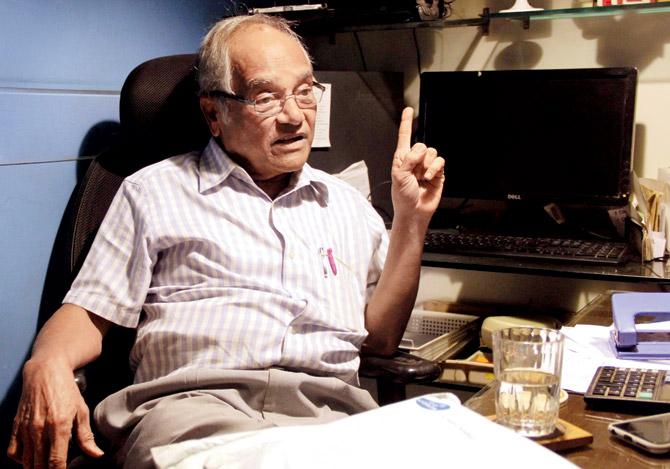
Atul Chemburkar, Architect
The white-collared refu-gees and the more affluent were accommodated in Collectors' Colony and Sindhi Society respectively. "Two collectors, in Lahore and Bombay, decided that the refugees would be compensated for their loss with a piece of land here," says Chemburkar.
Chemburkar recalls the cultural milieu of Chembur change post-Independence. "It was only when the refugees came here did we even know what a salwar-kameez or a sleeveless blouse, which invited much criticism, were. Until then, young girls had only worn sarees or the traditional skirt and blouse," he laughs. The Sindh culture of eating out also resulted in the spurt of eateries in and around Camp. If the Chembur natives loved their usal pav and bhajiya, the Sindhis brought their dal pakwan and chole bhature. Chembur was transforming, and fast. "The business attitude of the Sindh refugees means that you will never see an unemployed person or a beggar among them," he says.
Again, as part of their course, the SEA student team followed up their audio archive with a study of the space and the manner in which communities and architecture interact with each other. "Chembur Camp, while congested, is nothing like other refugee camps around the world today. Its architecture is refugee-ish - grid-like and dense - but they are fitted with modern amenities. This is a thriving locality where there are residents and businesses," says Fernandes.
The audio archive by the SEA students thus pays tribute to this very resourcefulness and the entrepreneurial traits of the refugees. "They turned land in the suburbs meant as a refuge area into prime real estate, through educational institutions and hospitals," says Sarangan.
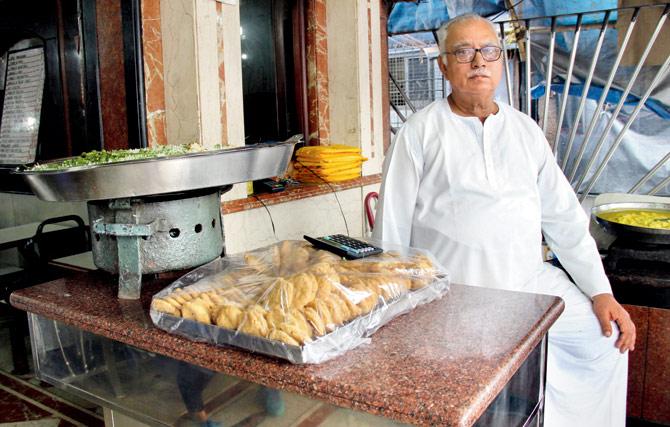
Arjun Dev Arora is the owner of V.I.G. Refreshment, popular in Chembur for its dal pakwan and masala puri. Arora's parents migrated to Delhi from Muzaffargarh during the Partition, and he came to run V.I.G. Refreshment after he married Rajkumari, daughter of the former owner and refugee, Sevaram Bajuram Arora. Architect Atul Chemburkar notes that Chembur's culinary map grew as refugees settled here and brought with them not just their cuisine but also their preferences for eating out.
A people's history
Echoes of Sindh was earlier showcased as part of the Students' Biennale at the Kochi-Muziris Biennale 2016. It conveyed that as the lines of the Partition were drawn, some crossed over Chembur. It was time for this suburb to speak up in the Partition story.
It also showed that not every refugee dreams of a homeland or goes through a sense of loss. Like many in the barracks, they move on and life goes on, sometimes for the better. Those who felt the pain of displacement might not be alive anymore, notes the SEA team.
"History is usually political and not from the people's point of view. It also tends to see things in binaries, as negative and positive. But as people's history - these stories, what they did and how they lived - is equally important," says Sarangan.
 Subscribe today by clicking the link and stay updated with the latest news!" Click here!
Subscribe today by clicking the link and stay updated with the latest news!" Click here!







